The pros and cons of Nato
Russia-Ukraine war puts North Atlantic Treaty Organization in the spotlight
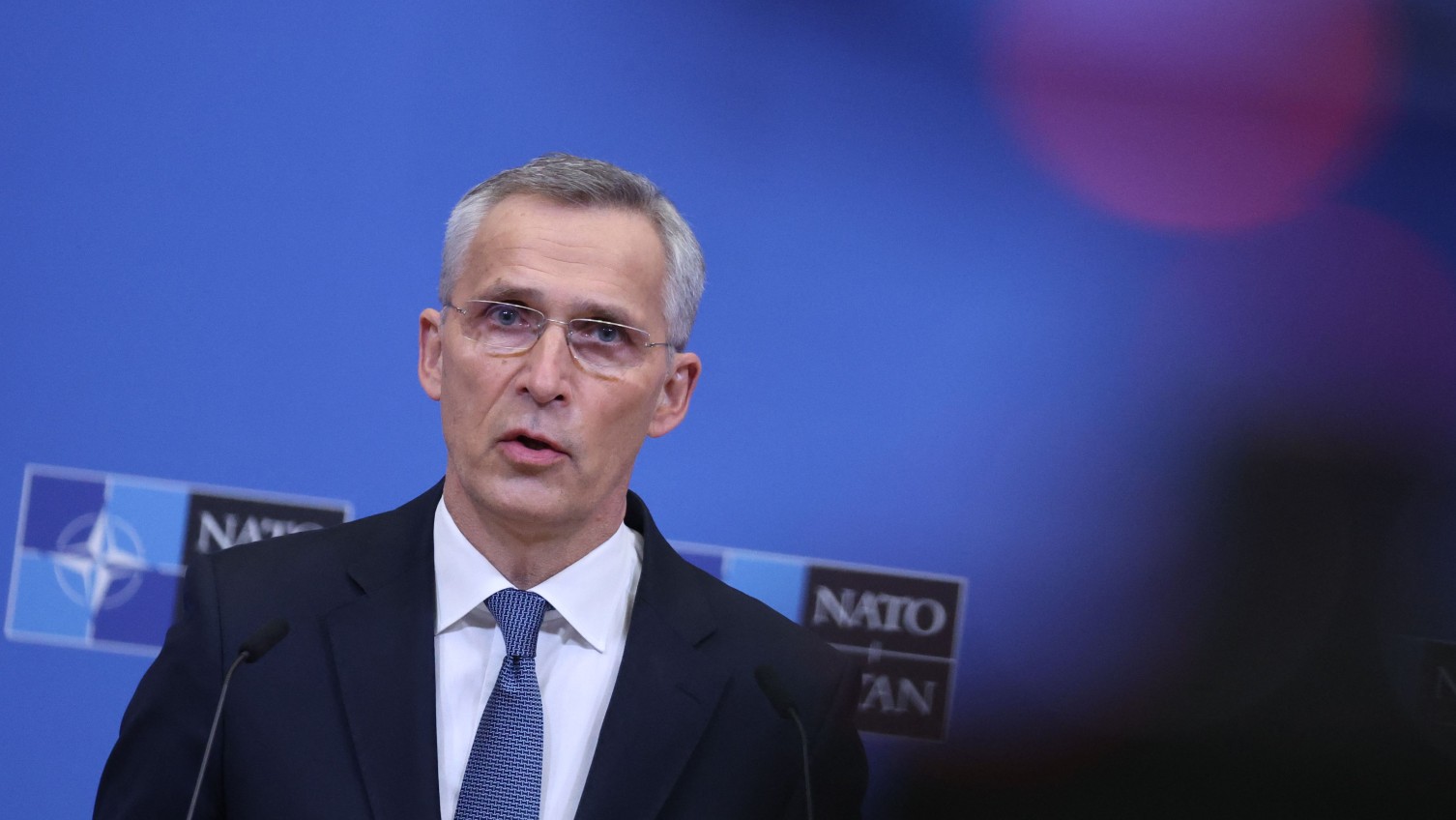
The Russian invasion of Ukraine has brought members of the North Atlantic Treaty Organization (Nato) closer together, but it has also highlighted the alliance’s limitations.
Since it was created in 1949, Nato has expanded from 12 founding members to 30, including several former Soviet states. The Ukraine conflict is fuelling debate about whether this expansion has provoked Russian president Vladimir Putin and whether the alliance can fulfil its main purpose of guaranteeing freedom and security to its members.
1. Pro: peace in Europe
The objective of Nato when it was founded after the Second World War was to “secure peace in Europe, to promote cooperation among its members and to guard their freedom”. Members are committed to finding a peaceful resolution to disputes – and, for more than 70 years, there have been no major pan-European wars. However, last week, Nato Secretary General Jens Stoltenberg declared that peace on the continent had been “shattered” by the Russia-Ukraine war, which was “on a scale and of a type we thought belonged to history”.
The Week
Escape your echo chamber. Get the facts behind the news, plus analysis from multiple perspectives.

Sign up for The Week's Free Newsletters
From our morning news briefing to a weekly Good News Newsletter, get the best of The Week delivered directly to your inbox.
From our morning news briefing to a weekly Good News Newsletter, get the best of The Week delivered directly to your inbox.
2. Con: testing enemies
Putin has long warned that further Nato expansion eastwards would be met with resistance by Russia as it is seen as a direct threat to his country. “That perspective isn’t held just by Russians; some influential American foreign policy experts have subscribed to it as well,” wrote Ronald Suny, professor of history and political science at the University of Michigan, for The Conversation. Leaders such as Putin “who feel cornered and ignored may strike out”, said Suny. “Paradoxically, Nato has endangered small countries on the border of Russia, as Georgia learned in 2008, that aspire to join the alliance.”
3. Pro: protection for allies
At the heart of the founding treaty of Nato is collective defence: “an attack against one Ally is considered as an attack against all Allies”. Although Nato’s 30 members are almost entirely European, this “all-for-one defense pledge” has been “invoked just once”, after the 9/11 terrorist attacks on the US, said The Washington Post. Nevertheless, it serves as a deterrent. Experts such as Charles Kupchan, a senior fellow at the Council on Foreign Relations, believe it is unlikely Putin would launch an attack on a Nato ally. If he did, Kupchan told ABC News, he would be looking at a “full-scale war”. Indeed, US President Joe Biden this week reiterated that “the United States will defend every inch of Nato territory with the full force of American power”.
4. Con: drawn into conflict
The flip side of the collective defence pledge, which comes under Article 5 of the treaty, means that members may reluctantly be forced to join a conflict if another ally comes under attack. In the current crisis, that means “Article 5 could mandate a more direct response from the US and other treaty members if Russian aggression escalates beyond Ukraine”, which shares borders with four Nato members, said ABC News. Kupchan, from the Council on Foreign Relations, said that aggression could be “by design or by accident”, such as an artillery shell or a missile landing in Poland or another Nato neighbour. Mary Elise Sarotte, a professor of history at Johns Hopkins University, told NPR that she didn’t think many Americans understand this. “We are obliged to treat an attack on Estonia as if it were an attack on Chicago,” she said. “So, if there is an Article 5 incursion, this could very quickly become not Ukraine’s war, but our war.”
5. Pro: promoting democracy
Nato was founded with a commitment to promote democratic values, although whether this works in reality has been hotly debated. Its criteria for new members includes “a functioning democracy based on a market economy, fair treatment of minority populations and a commitment to resolve conflicts peacefully”, said Bloomberg. One study, published in the Democracy and Security journal after the alliance’s 2004 expansion to the east of Europe, concluded that the “‘carrot’ of Nato membership can indeed spread democracy to prospective members”. Others note that there has since been creeping authoritarianism by Turkey, a member since 1952. Writing for the Brookings Institution, Kemal Kirişci and Ilke Toygür argued that this “democratic backsliding among Nato members is not unique to Turkey, and all cases pose a difficult challenge for the organisation”.
A free daily email with the biggest news stories of the day – and the best features from TheWeek.com
6. Con: the 2% target
In 2006, Nato members agreed to spend a minimum of 2% of their GDP on defence to ensure the alliance’s “military readiness”. This was not legally binding and the majority of members failed to meet the target. Another commitment made in 2014 gave members a decade to hit the benchmark, but policymakers knew this would be “unachievable for many”, wrote Derek Chollet, Steven Keil and Christopher Skaluba for the Atlantic Council. The discrepancies between ally spending led to bitter complaints from Donald Trump in 2018, when he denounced his allies as “delinquent” and suggested they should be paying double. Even in 2021, two-thirds of Nato members are not spending 2%, although Germany has just promised to increase its defence spending in the wake of the war in Ukraine. Chollet, Keil and Skaluba said the benchmark has “undermined Alliance credibility and solidarity”, with the failure of members to live up to the pledge a “black eye to NATO’s public image”. Others, such as Andrew A. Michta at 1945, argue that the 2% target is also “meaningless without looking at the structure of individual defence budgets” and whether they are fit for purpose.
-
 ‘The menu’s other highlights smack of the surreal’
‘The menu’s other highlights smack of the surreal’Instant Opinion Opinion, comment and editorials of the day
-
 Education: More Americans say college isn’t worth it
Education: More Americans say college isn’t worth itfeature College is costly and job prospects are vanishing
-
 One great cookbook: ‘More Than Cake’
One great cookbook: ‘More Than Cake’the week recommends The power of pastry brought to inspired life
-
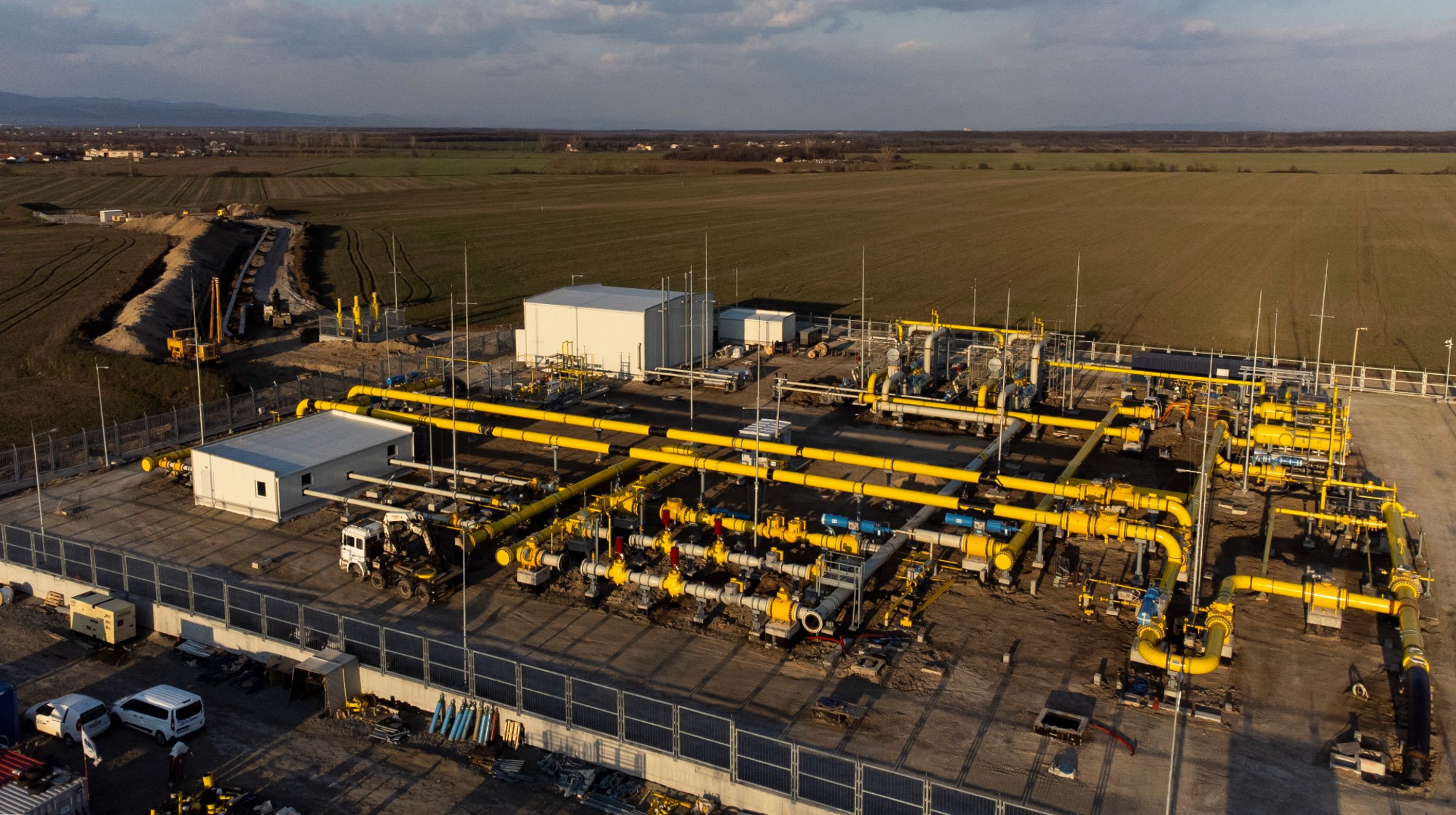 Europe sets 2027 deadline to wean itself from Russian gas
Europe sets 2027 deadline to wean itself from Russian gasIN THE SPOTLIGHT As negotiators attempt to end Russia’s yearslong Ukraine invasion, lawmakers across the EU agree to uncouple gas consumption from Moscow’s petrochemical infrastructure
-
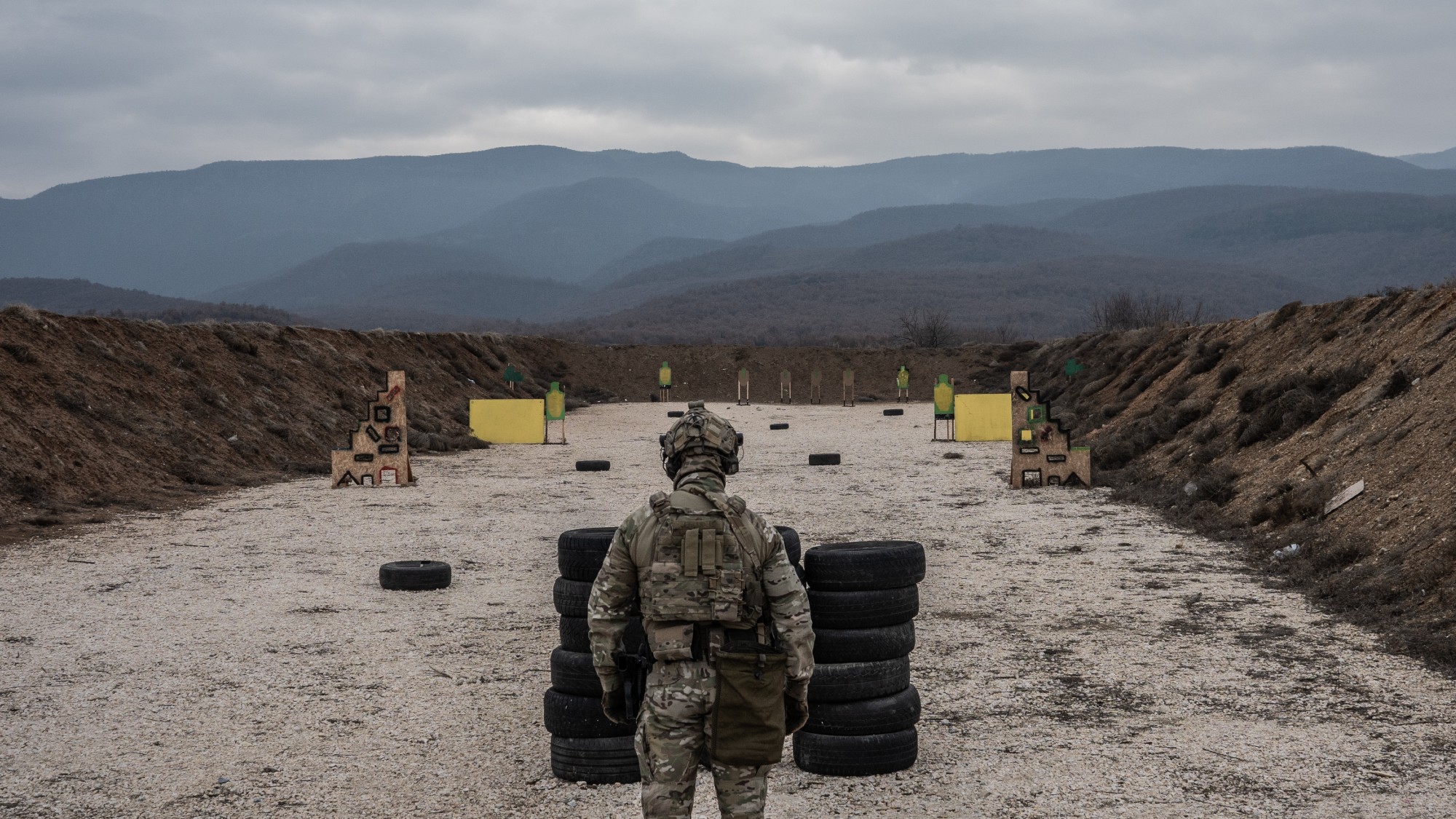 Is Europe finally taking the war to Russia?
Is Europe finally taking the war to Russia?Today's Big Question As Moscow’s drone buzzes and cyberattacks increase, European leaders are taking a more openly aggressive stance
-
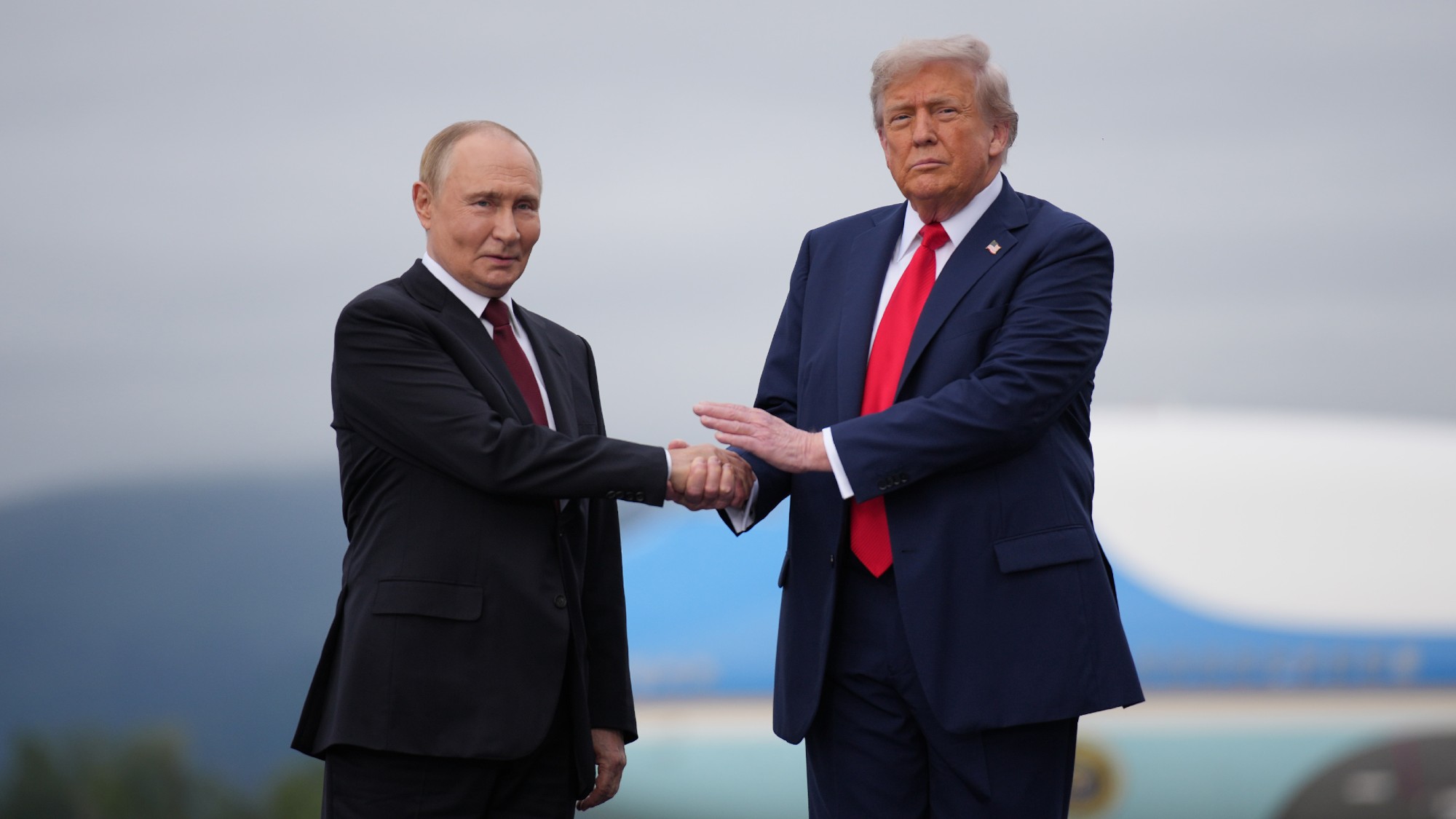 Pushing for peace: is Trump appeasing Moscow?
Pushing for peace: is Trump appeasing Moscow?In Depth European leaders succeeded in bringing themselves in from the cold and softening Moscow’s terms, but Kyiv still faces an unenviable choice
-
 Femicide: Italy’s newest crime
Femicide: Italy’s newest crimeThe Explainer Landmark law to criminalise murder of a woman as an ‘act of hatred’ or ‘subjugation’ but critics say Italy is still deeply patriarchal
-
 Brazil’s Bolsonaro behind bars after appeals run out
Brazil’s Bolsonaro behind bars after appeals run outSpeed Read He will serve 27 years in prison
-
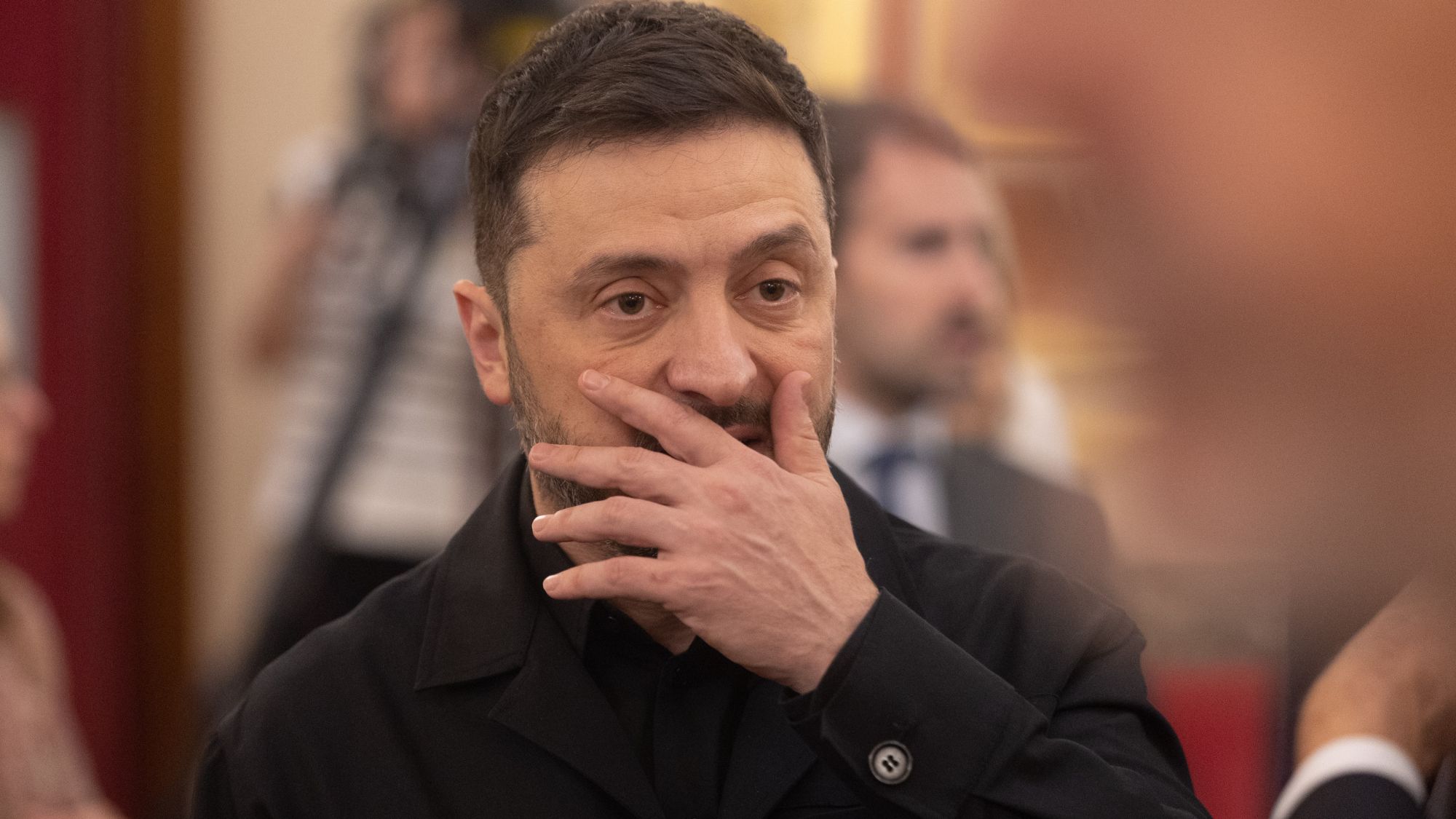 The $100mn scandal undermining Volodymyr Zelenskyy
The $100mn scandal undermining Volodymyr ZelenskyyIn the Spotlight As Russia continues to vent its military aggression on Ukraine, ‘corruption scandals are weakening the domestic front’
-
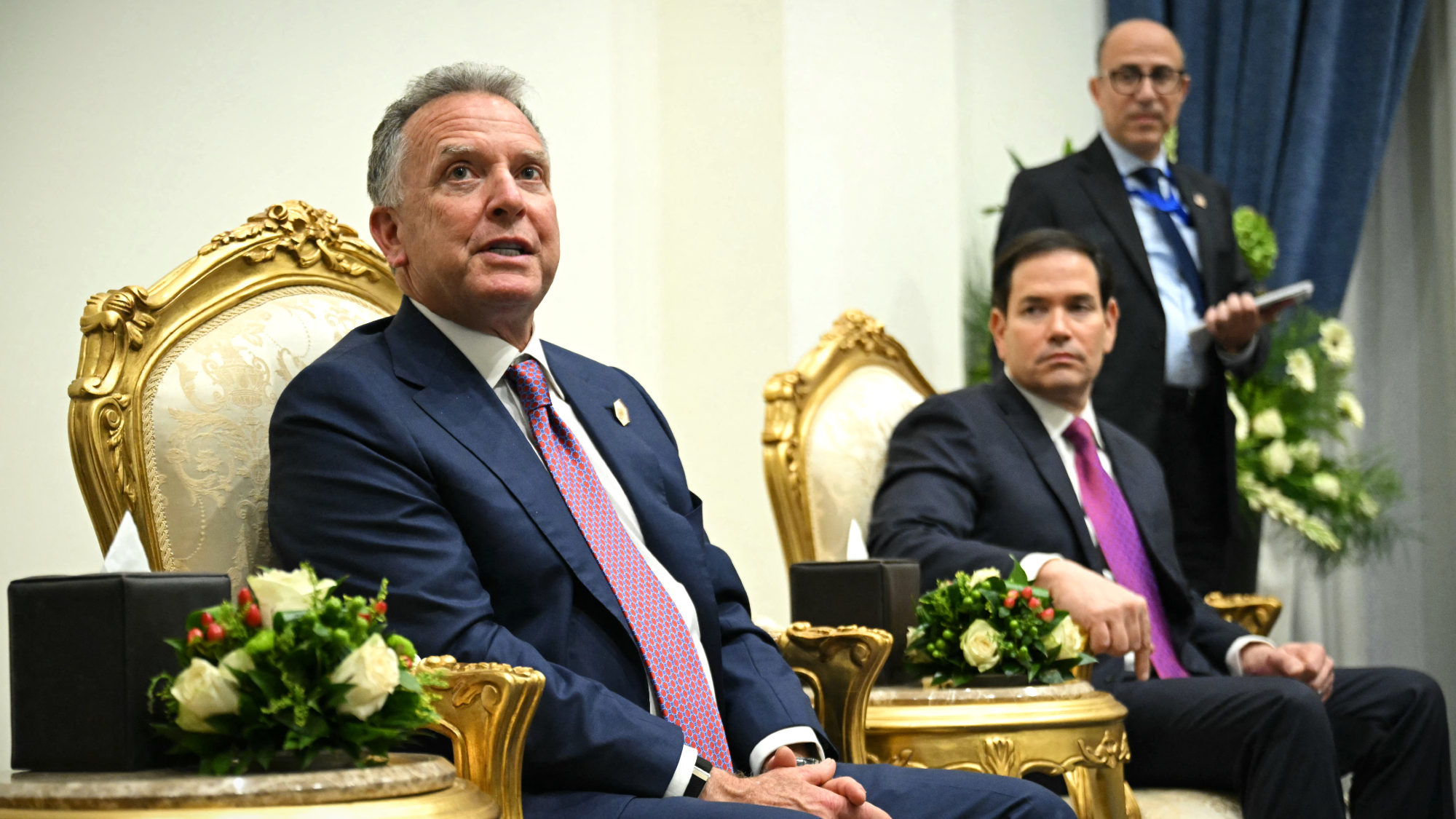 Trump pushes new Ukraine peace plan
Trump pushes new Ukraine peace planSpeed Read It involves a 28-point plan to end the war
-
 Americans traveling abroad face renewed criticism in the Trump era
Americans traveling abroad face renewed criticism in the Trump eraThe Explainer Some of Trump’s behavior has Americans being questioned